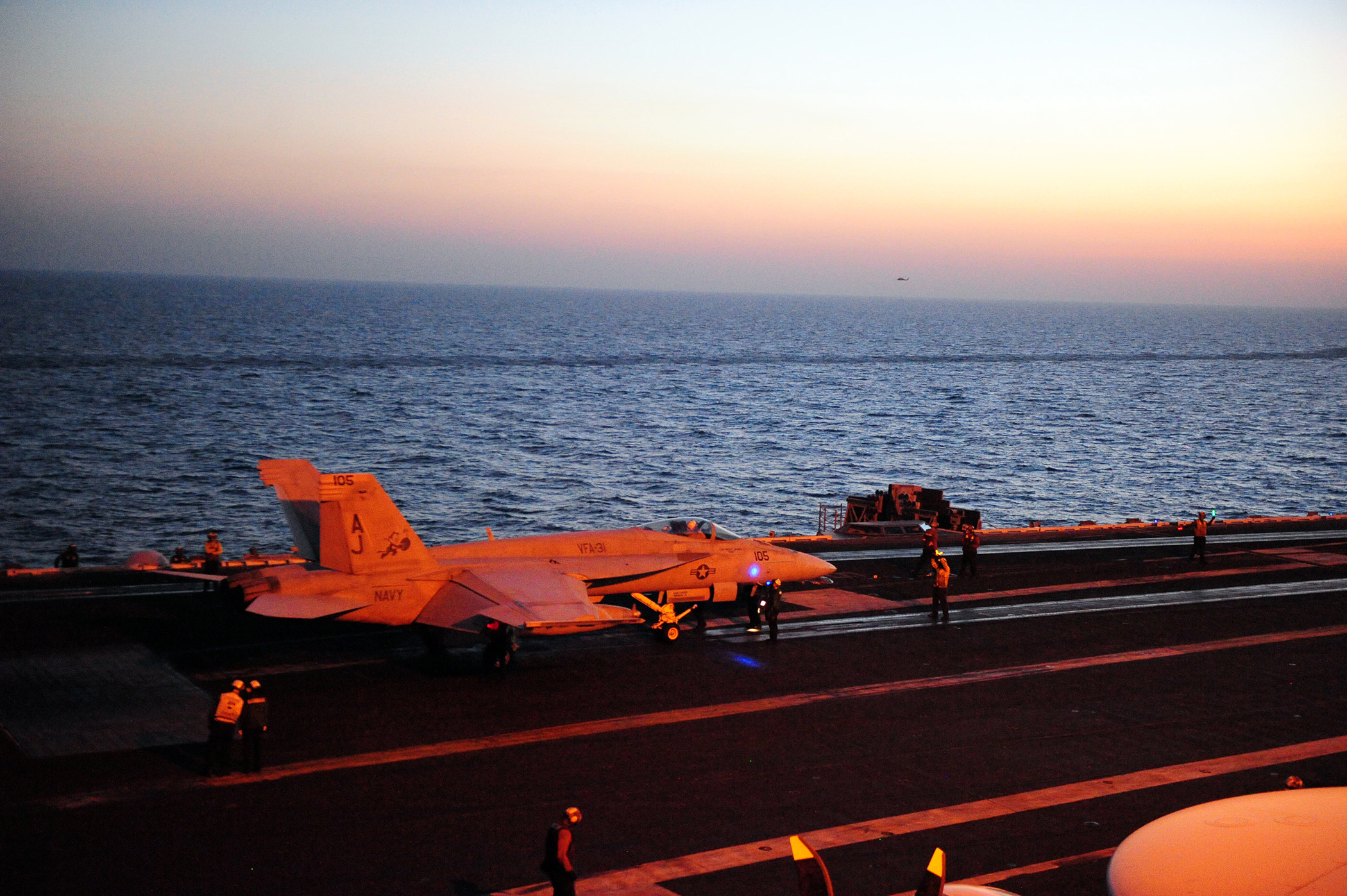
Opinion: U.S. Air Power Won’t Defeat ISIS
As Iraq and Syria Islamic State (ISIS) insurgent forces advance on Baghdad, some American political leaders, led by Sen. John…
Copyright 2024 U.S. Naval Institute. All Rights Reserved.